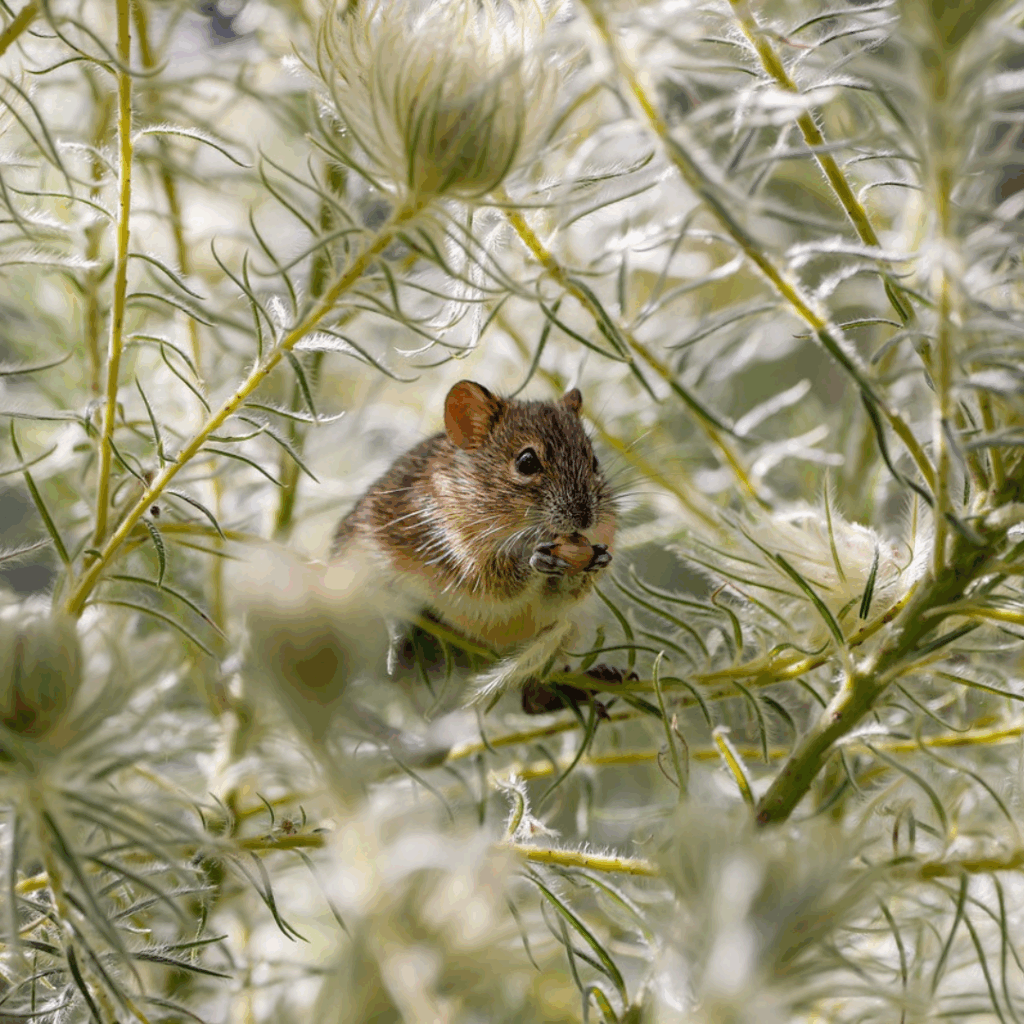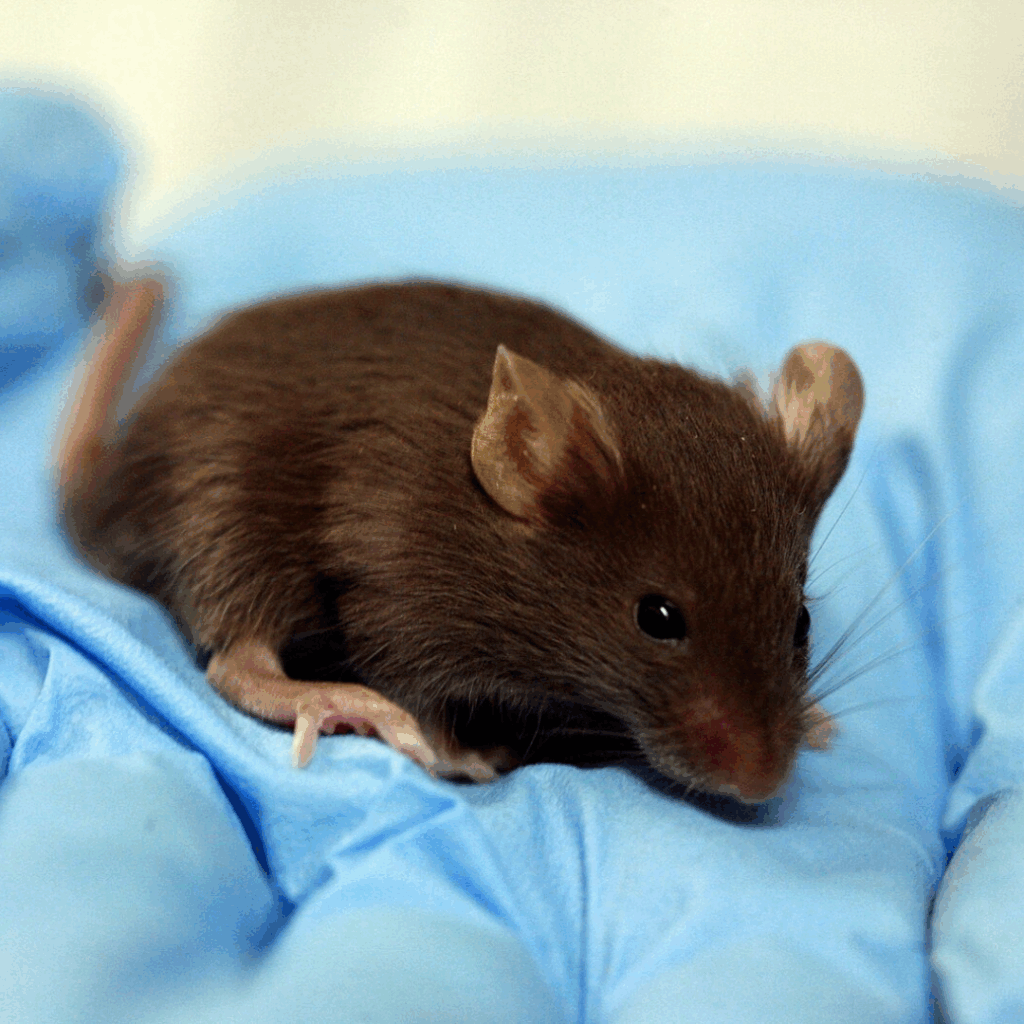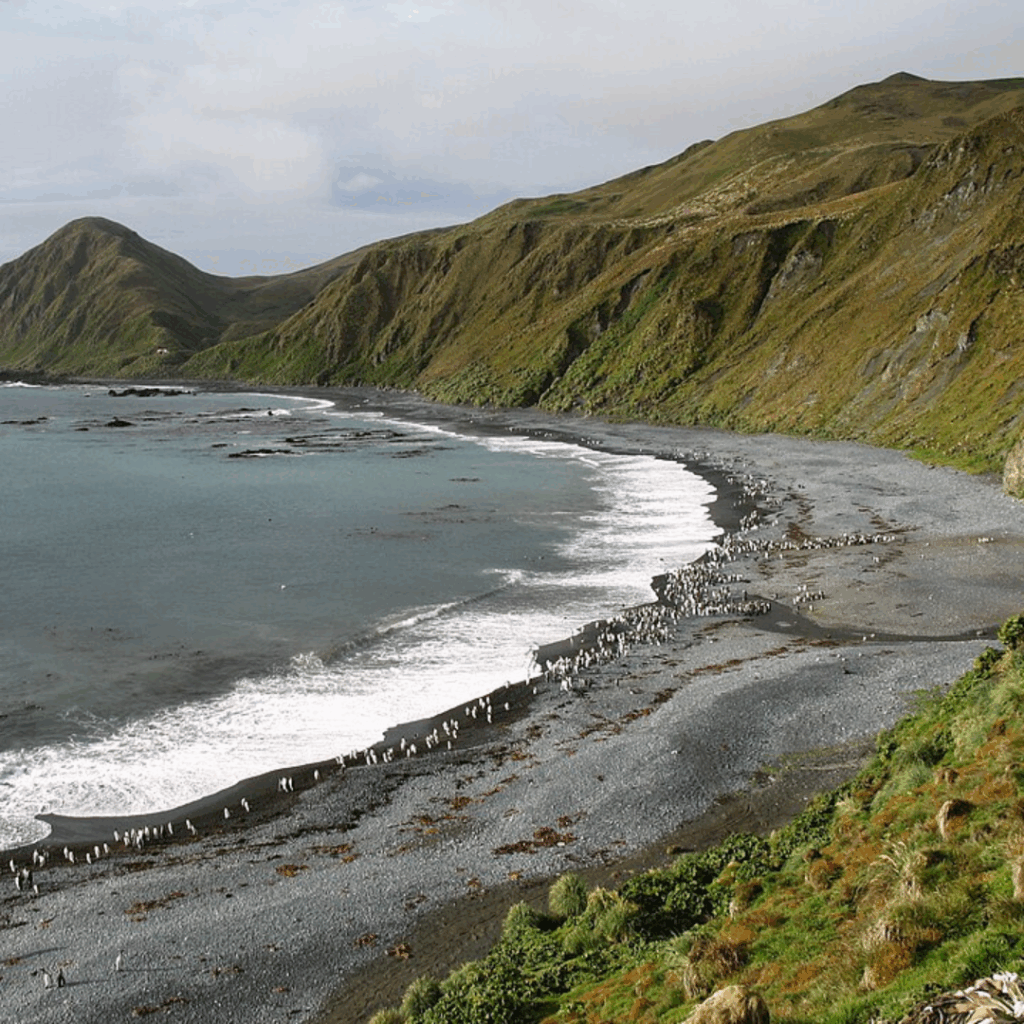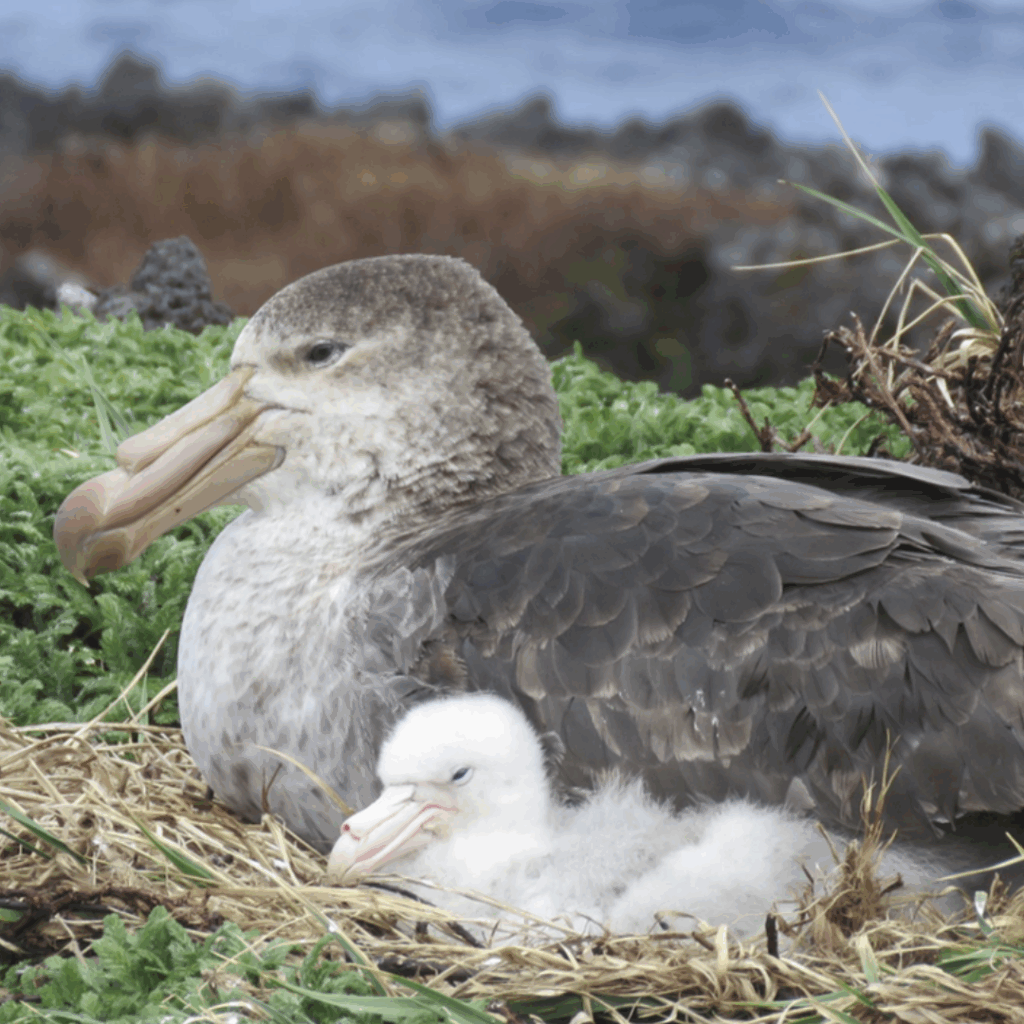- Tershy BR et al (2015). The Importance of Islands for the Protection of Biological and Linguistic Diversity. BioScience https://academic.oup.com/bioscience/article-abstract/65/6/592/301848?redirectedFrom=fulltext [↩]
- Fernández-Palacios JM et al (2021). Scientists’ warning – The outstanding biodiversity of islands is in peril. Global Ecology and Conservation. https://www.sciencedirect.com/science/article/pii/S2351989421003978?via%3Dihub [↩]
- Island Conservation press release (2022). https://www.islandconservation.org/island-communities-threatened-by-invasive-rodents-have-potential-new-tool-to-consider-for-conservation-toolbox [↩]
- Hartley S et al (2022). The principles driving gene drives for conservation. Environmental Science and Policy. https://www.sciencedirect.com/science/article/pii/S1462901122001514 [↩]
- Critical Scientists Switzerland (2019). Gene drives: A report on their science, applications, social aspects, ethics and regulations. https://genedrives.ch/report [↩] [↩]
- Gene Drive Monitor Website. https://genedrivemonitor.org [↩]
- Manser A et al (2019). Controlling invasive rodents via synthetic gene drive and the role of polyandry. Proceedings of the Royal Society B. https://pmc.ncbi.nlm.nih.gov/articles/PMC6732378 [↩]
- Birand A et al (2022). Gene drives for vertebrate pest control: Realistic spatial modelling of eradication probabilities and times for island mouse population. Molecular Ecology. https://onlinelibrary.wiley.com/doi/10.1111/mec.16361 [↩]
- Bronson FH (1979). The Reproductive Ecology of the House Mouse. Quarterly Review of Biology. https://www.journals.uchicago.edu/doi/10.1086/411295 [↩]
- USDA Wildlife Services – Staff Publications 2235 (2019). https://digitalcommons.unl.edu/cgi/viewcontent.cgi?article=3234&context=icwdm_usdanwrc [↩]
- Greenbaum G et al (2021). Designing gene drives to limit spillover to non-target populations. PLOS Genetics. https://pmc.ncbi.nlm.nih.gov/articles/PMC7943199 [↩]
- Yoshida K et al (2019). Ecosystem changes following the eradication of invasive species: Evaluation of various eradication scenarios by computer simulation. Ecological Modelling. https://www.sciencedirect.com/science/article/abs/pii/S0304380019303394 [↩]
- Mouse Free Marion Project website. https://mousefreemarion.org/faq [↩] [↩]
- Agreement on the Conservation of Albatrosses and Petrels website (2024). What is the “state of play” with planned predator eradications on two sub-Antarctic islands? https://acap.aq/latest-news/the-acap-monthly-missive-what-is-the-state-of-play-with-planned-predator-eradications-on-two-sub-antarctic-islands [↩]
- Spatz DR et al (2022). The global contribution of invasive vertebrate eradication as a key island restoration tool. Scientific Reports. https://www.nature.com/articles/s41598-022-14982-5 [↩]



